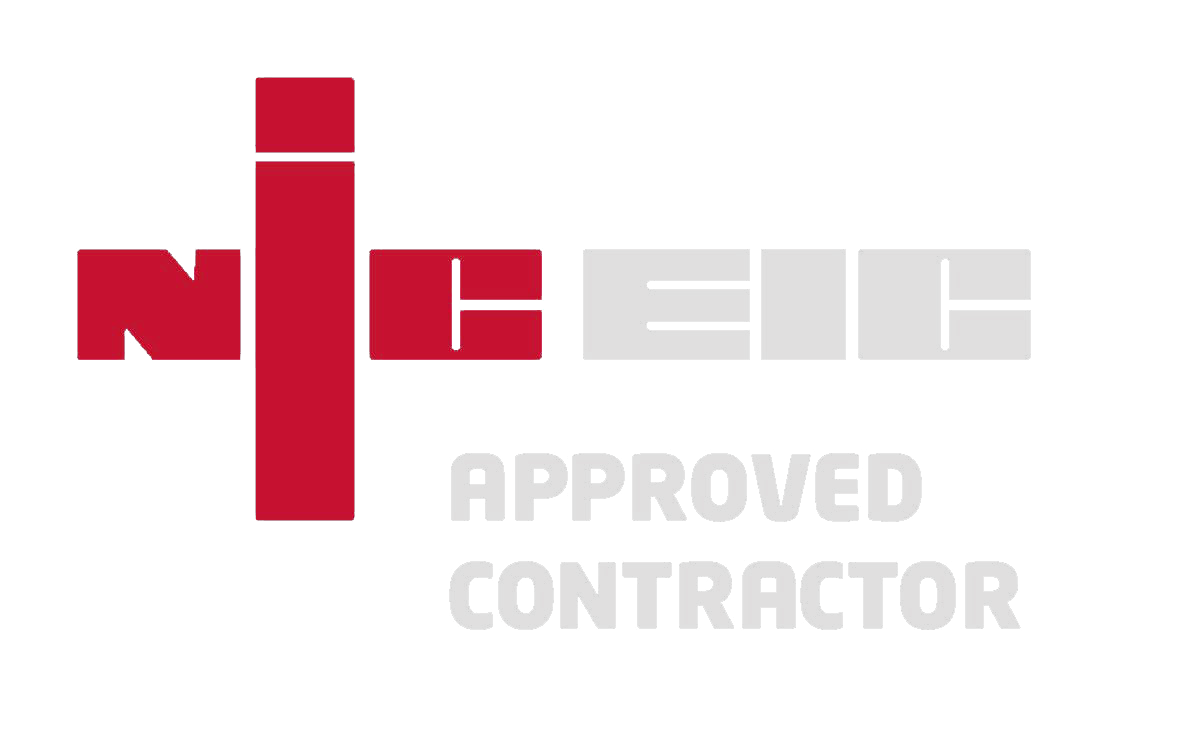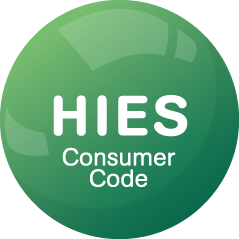Your frequently asked questions
Solar Power, Battery Storage, EV Chargers, Solar Diverters and a lot more… Thats a lot to process and no doubt has sparked a few of your own questions. If they aren’t already answered below, drop us a message and we’ll be happy to help.
Solar panels are made up of cells that capture sunlight and convert this energy into electrical current. When it is first generated the electric is in DC – direct current. This electrical current flows to an inverter which again converts this electrical current from DC to AC – alternating current, to make it usable in our home electrical systems.
A solar installation will allow you to produce a lot of your own electrical supply, saving money on your electric bill. Also any energy you produce that you don’t use in your home can be sold back to a supplier through their SEG (smart export guarantee) schemes.
The typical solar installation in the UK, will be installed on a south facing roof, with little to no shading from nearby trees or other buildings, as this gives the best exposure to direct sunlight. Other roof orientations are also possible, for example East and West pitched roofs, could have solar panels on both sides.
We aren’t just limited to house roofs, there are mounting systems available for flat roofs and also ground mounted systems, if the space is available for them.
There are two things to consider when we talk about the size of a system. kwp – kilowatt peak, how much power can be generated at full capacity by the panels we have installed, for example 10x 400w panels would give us 4kwp, the maximum amount of power that can be produced constantly by our panels.
Then we have inverter size, that is the kw rating of your inverter and basically means how much power it can deliver to the house or battery at a consistent rate.
We would size both of these based on your usage, the typical electrical demand of the property and available space.
Like any other battery, a home battery stores electrical energy. Only, this one can power your home!
A home battery can be used in two ways. Firstly to store excess energy produced by your solar panels, so that you can use it when the panels aren’t producing as much electricity, in the evening/night time for example.
Secondly, in winter months a battery can be charged directly from the grid, on a night time tariff for example. Then that power used through the day when it would typically cost more from the grid.
We would calculate the size requirements for your battery by considering the household electrical demand, a fully charged battery should be able to power your home through the night ready for the solar power to take over in the morning, really limiting the amount of power you have to pay for from your supplier.
The other contributing factor would be the amount of solar generation available to fill the battery, as we wouldn’t install a large battery that could never be filled by a solar array with a relatively small production.
Yes, this can be done in a number of ways depending on the kit that you already have installed. If your system already has a hybrid inverter (one that can have solar panels and battery connected to it) then a battery can be simply added to that.
If the system you have at the moment only has a solar inverter, or cant be altered because you’re on an old feed in tariff, then a battery can be added as separate installation. This will still work as a home battery should, being charged by the solar energy and then providing that to the home when required, but it will have its own inverter and be sperate from your solar installation. This is known as an AC coupled system.
Similar to how the battery works, a solar hot water diverter would kick into action when the solar power produced is not being used in the home. It will detect when your hot water tank is under its target temperature and use the excess solar power to heat the hot water by powering the immersion heater. Now your solar power is also reducing your gas or oil consumption!
If there is no demand from the house, battery, hot water or anything else and your panels are producing power, then the energy will be exported back to the grid – the national electrical network. You can sign up with suppliers for their SEG – smart export guarantee scheme, where they will pay you a set amount for each kilowatt you send back to them. Another way of saving money on your bills!
This is something that is becoming more popular – to only have a battery, without solar. Its generally for those without the space for solar panels and allows them to charge batteries on a discounted night time rate and use that discounted power during the day saving them money on paying full rate during the day.
Yes, we are members of HIES. They provide our customers with payment protection and insurance backed guarantees. They are there for your piece of mind and for the long term security of your installation.
We are also MCS registered and NICEIC approved contractors, so you know we are working to the highest standards.
You can start the process by filling in our enquiry form on this website, alternatively you can give us a call on one of the numbers at the top of the page taking you through to Matt or Sean or just drop us an email to info@ecoenergi.co.uk and well be happy to talk to you about all things solar!
We don’t sell bundles, packages or deals as each home or business will be different in how they use energy and how the system might be installed. We would always carry out a site visit to gather all the information needed to provide the best planning and preparation for your installation, ensuring that you get the most suitable system installed in the correct way.
Still have questions?


